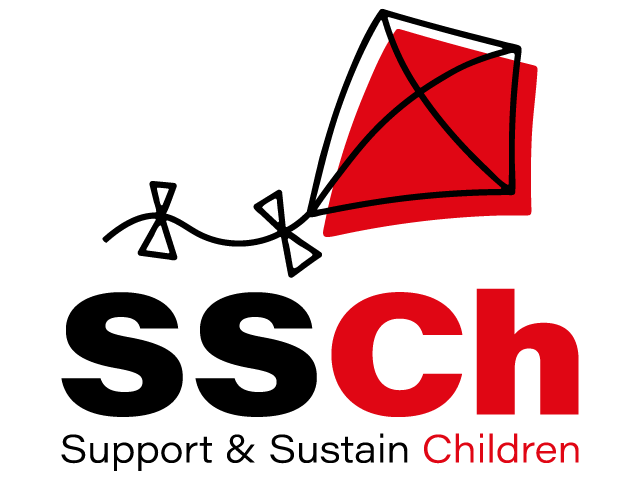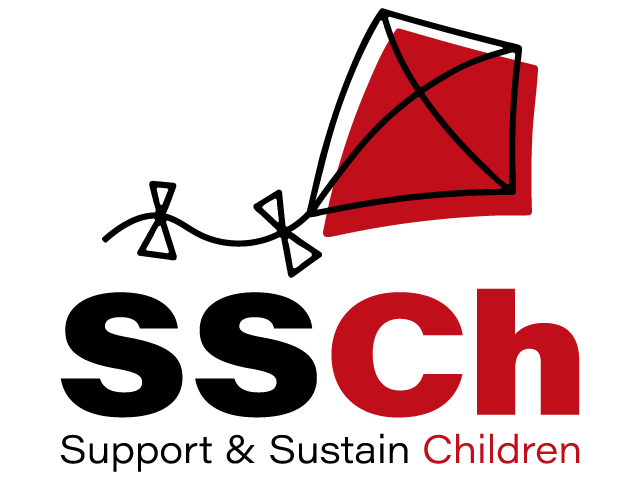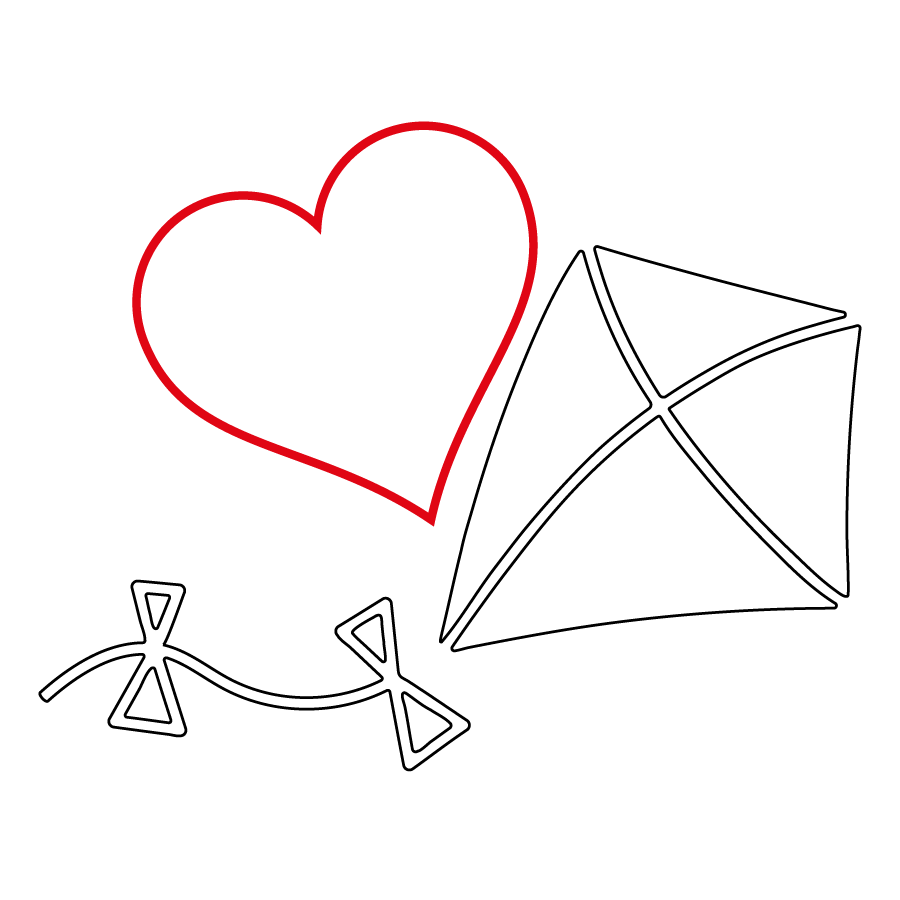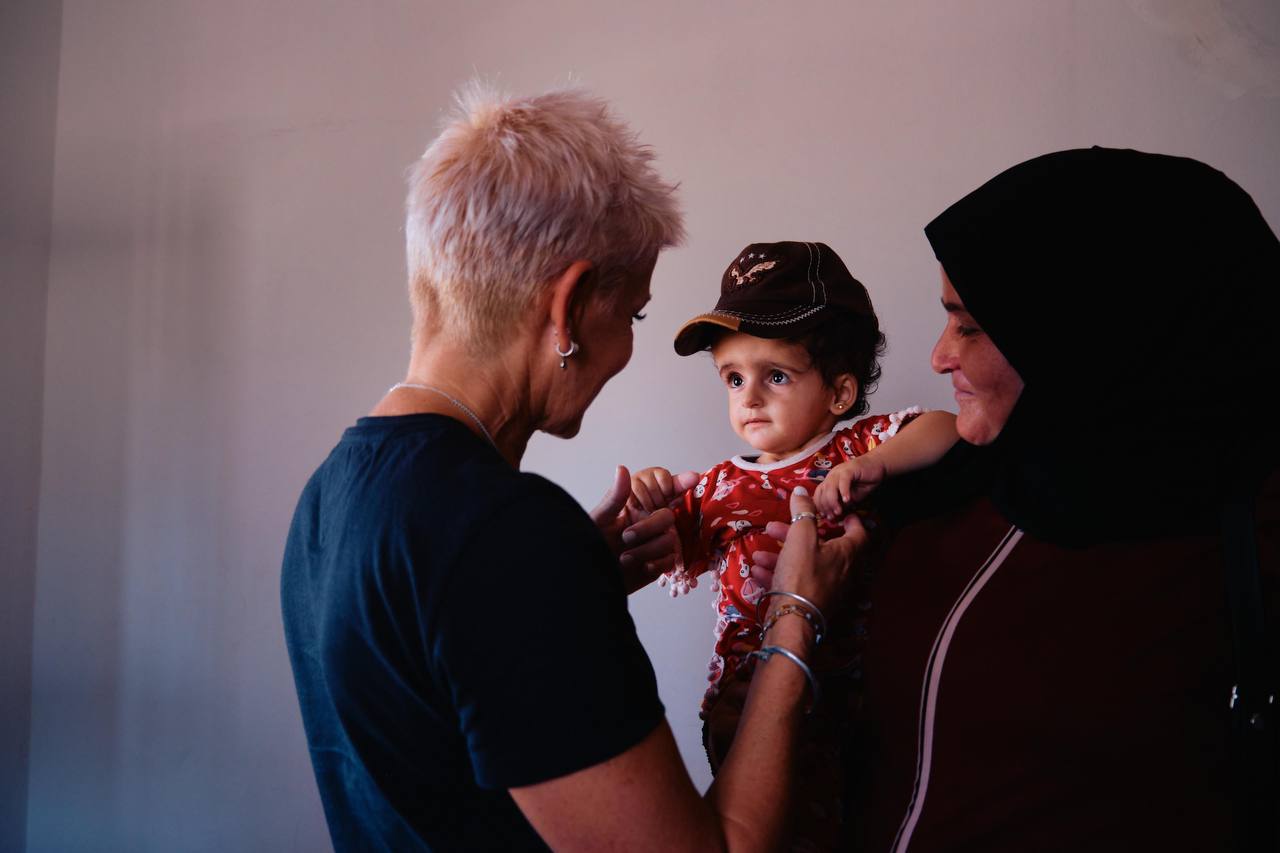We have returned from a long and demanding mission—one of those that takes you far away, both physically and emotionally.
Back home, after a few days, the images, the faces, the words are still all there. And they struggle to fade away.
There were four of us: myself, Valentino Caridi, our photographer, and two Italian journalists, Giuseppe Ciulla—who had already been with us at the refugee camp—and Lorenzo Giroffi. Both are freelancers, working on a reportage and a podcast to tell the story of today’s Syria, Father Paolo Dall’Oglio’s dream, and our work through a format that, as promised, I will soon tell you more about.
The first stop was Homs, where we took part in a celebration in his memory. We then continued to Mar Musa, on top of which lies the monastery he founded, now run by Father Jihad: an extraordinary place where Christians and Muslims live and pray together. A utopia come true, at least there, begun by him and seemingly continuing in his memory.
After meeting the community, we moved on to our projects in the north of the country.
In Idlib, we met the young engineers of the Espero project: they are entering the operational phase. The five projects they designed are ready to start. Serious, shared, well-documented work.
We relocated the clinic and finally inaugurated it. The entire team was present: two doctors, a midwife, a nurse, and a manager. It was meant to be just a visit, but more than 50 families showed up! Two children were immediately taken into care, one hospitalized urgently.
Urgency is always there, ready to show itself, in a place where there are no facilities and healthcare is collapsing.
We returned to our help-point to distribute milk and therapeutic food to the most severely affected children: disabilities, malformations, complex conditions. Extremely fragile families, whom we have been supporting for a long time.
We visited their homes, tent by tent. As always.
Then Aleppo, where we met the Apostolic Vicar of the Latin rite, Father Jallouf. With him, we are considering an important project to benefit dozens of vulnerable families.
Finally, we moved south, more precisely to Sweida, a place rarely spoken of, but where the situation is dramatic: massacres, bombings, religious minorities targeted. We stopped between Daraa and Israa, reaching the checkpoint where thousands of displaced people had taken refuge in schools and makeshift shelters, but we couldn’t enter. Too dangerous.
We met disabled children, lonely elderly people, the wounded. A girl in a wheelchair, the only survivor of her family, will now be supported by us.
We spoke with the authorities. Our team will return there in the coming days to launch a targeted humanitarian intervention. We will take care of the youngest, the most fragile. We won’t be able to do everything, but we will do our part.
Meanwhile, thanks to our ambassador in Damascus, we met Hind A. Kabawat, Minister of Labor and Social Affairs, the only woman in the Syrian government, a Christian. An important meeting for the future of our work in Syria.
Throughout all this, the journalists accompanied us. They gathered stories, voices, images. We opened doors and horizons for them. They taught us the depth of vision.
It was an intense, exhausting, necessary mission. And what we have seen, we cannot forget.
In the coming days, our team will return to southern Syria to begin the distribution of aid. We will take care of the most fragile children and of the families who have lost everything.



